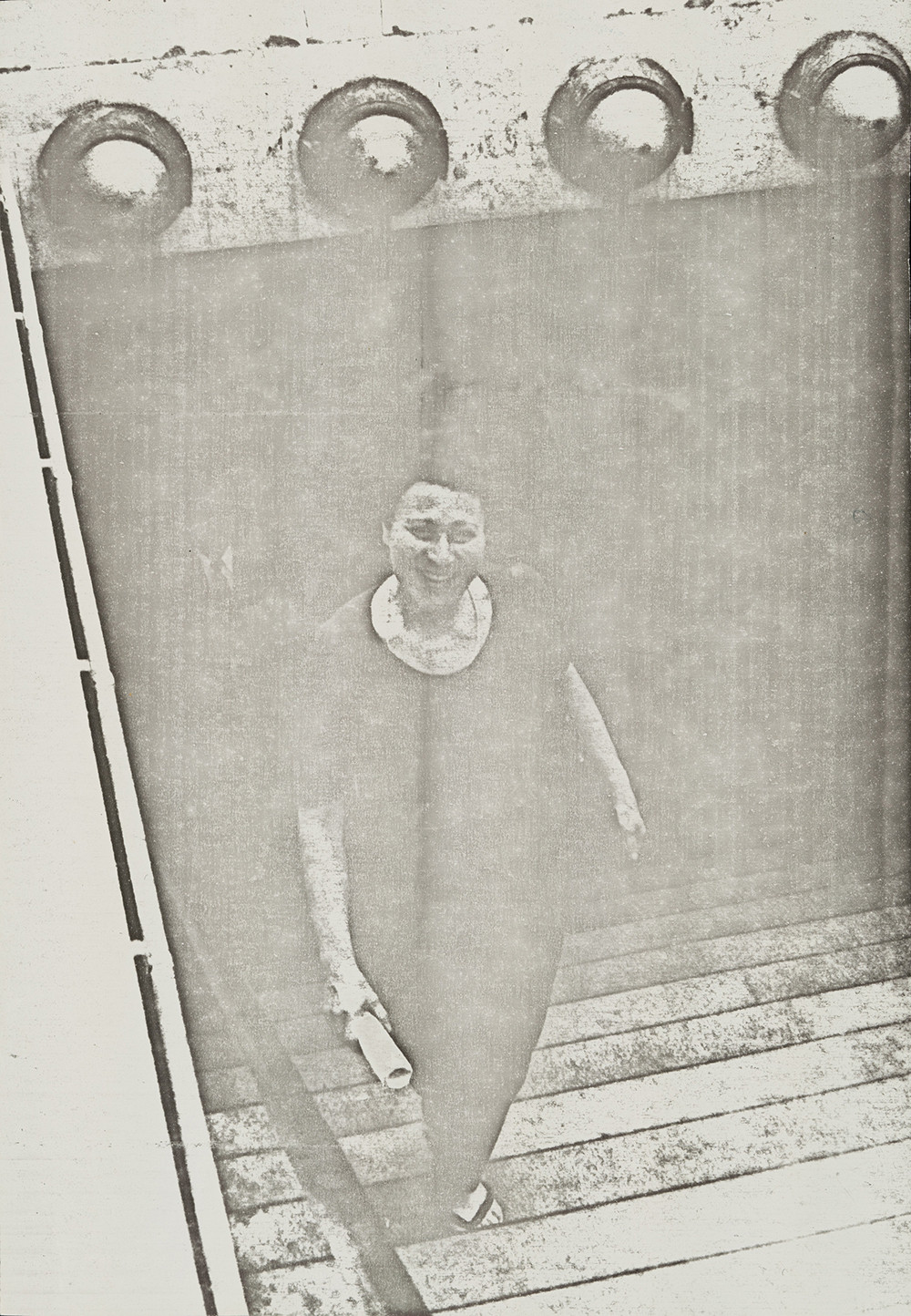
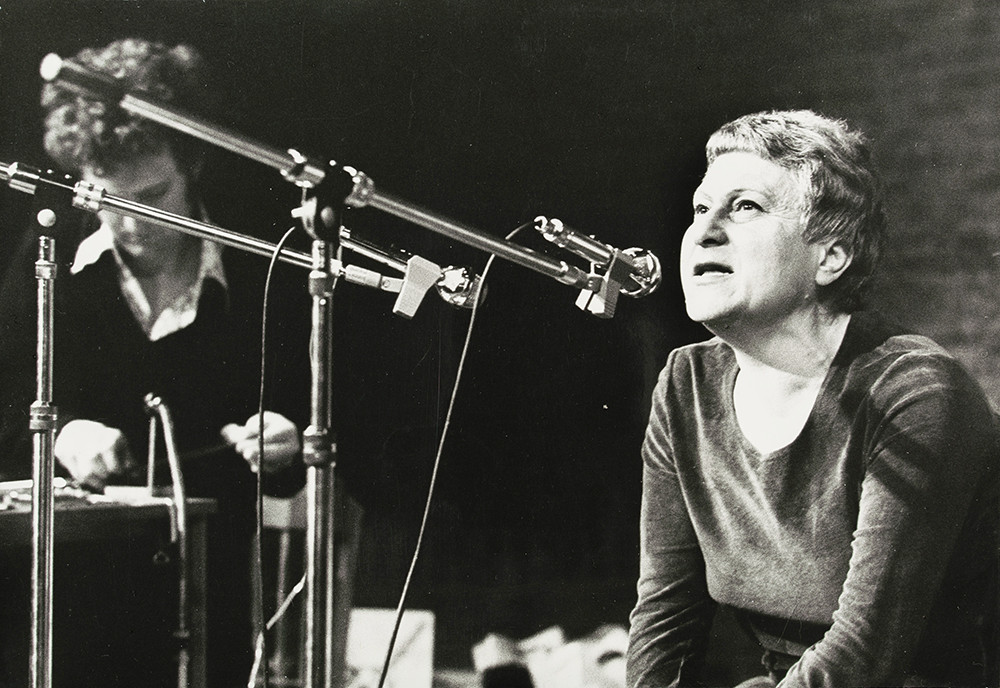
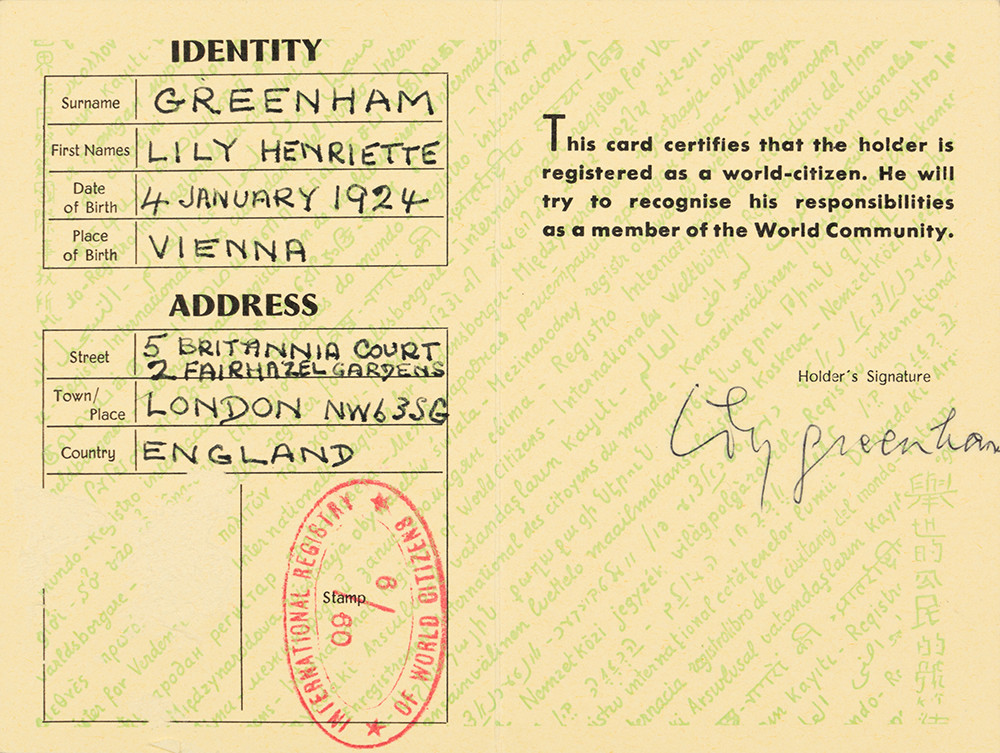
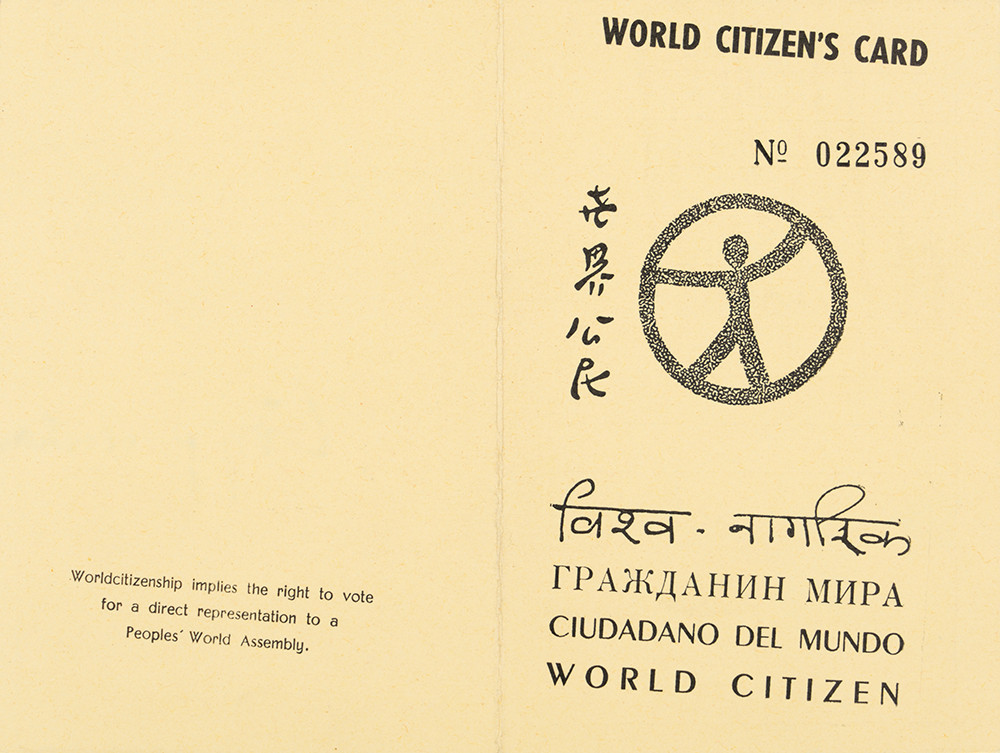
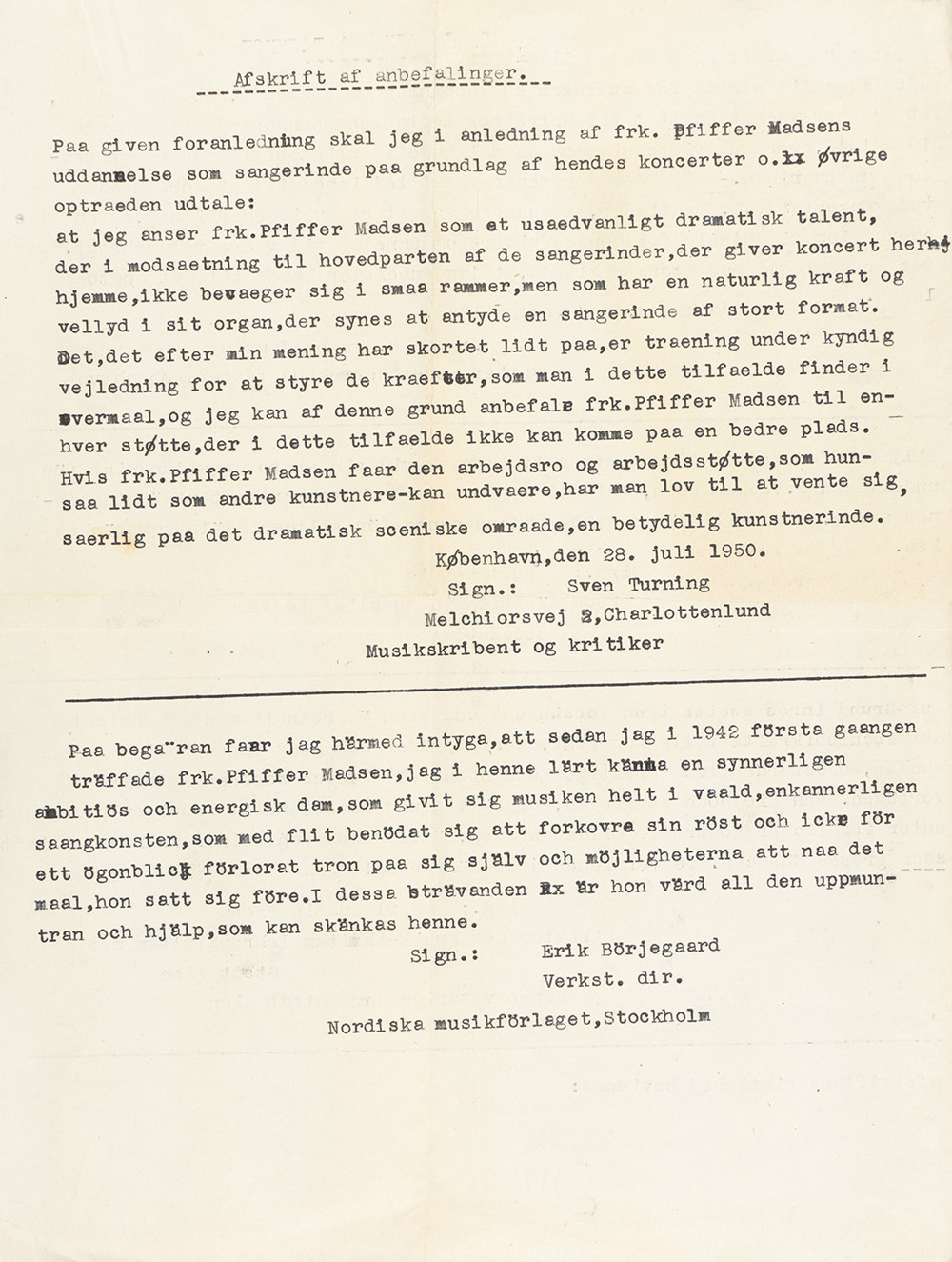
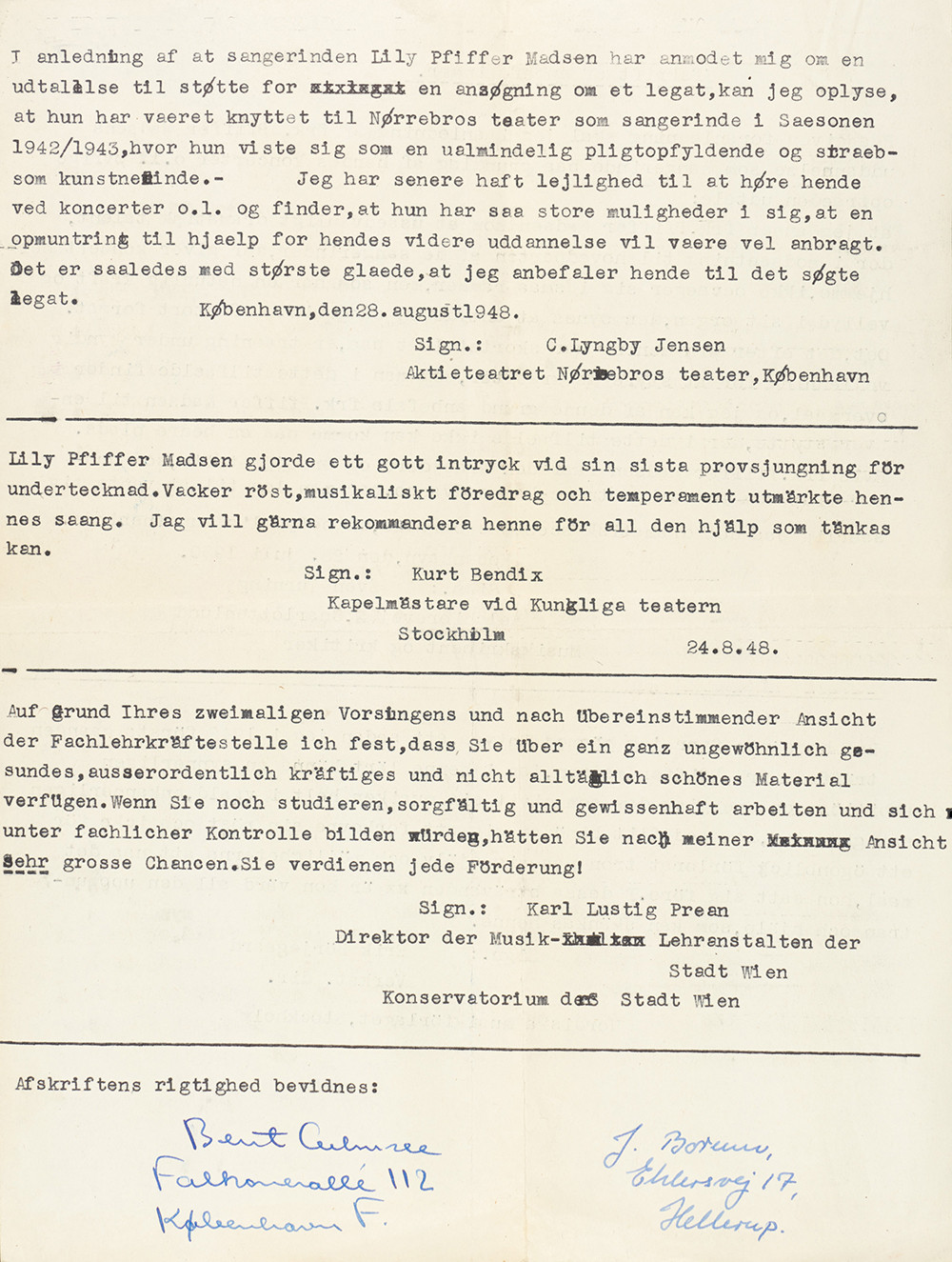
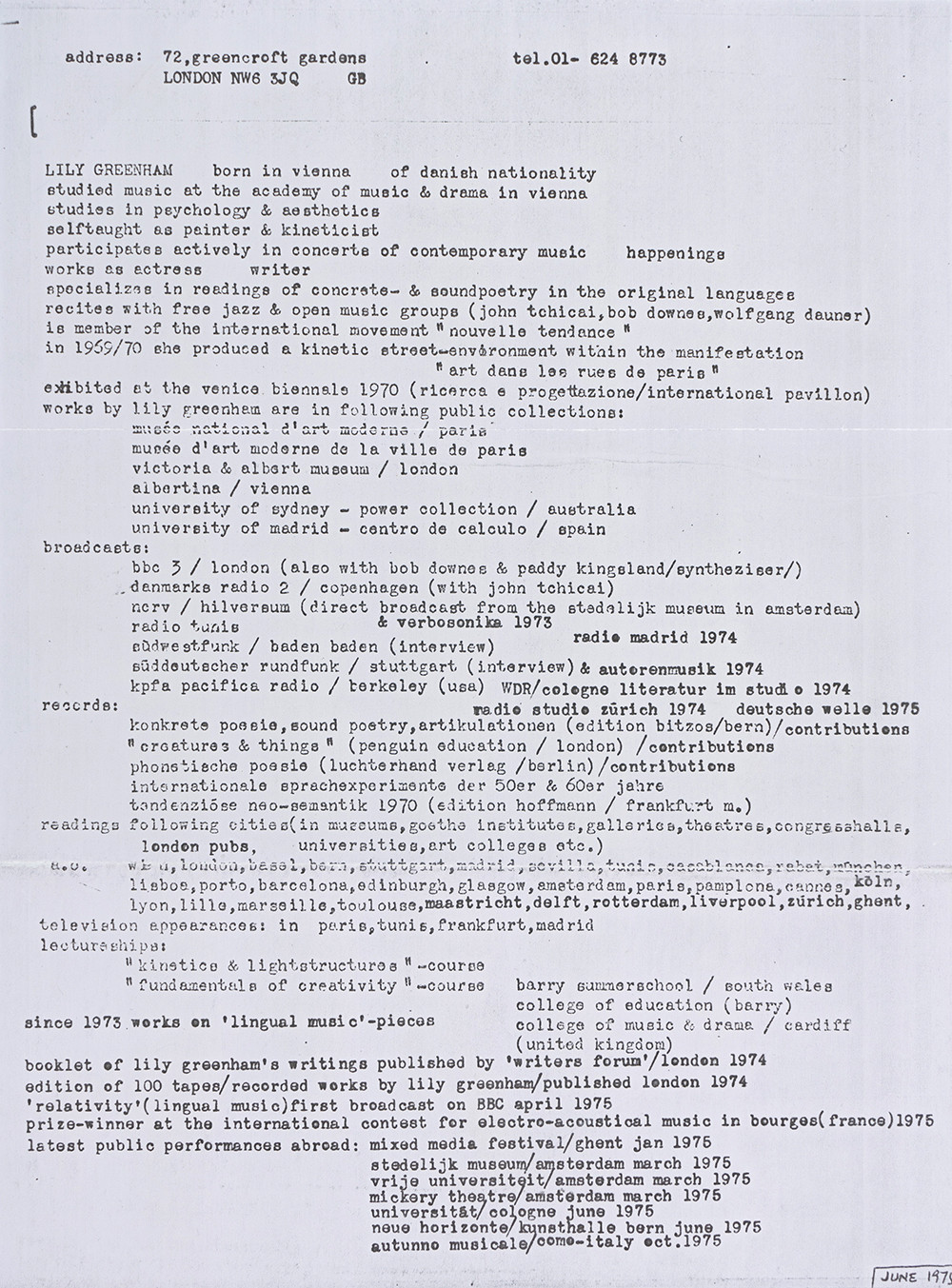
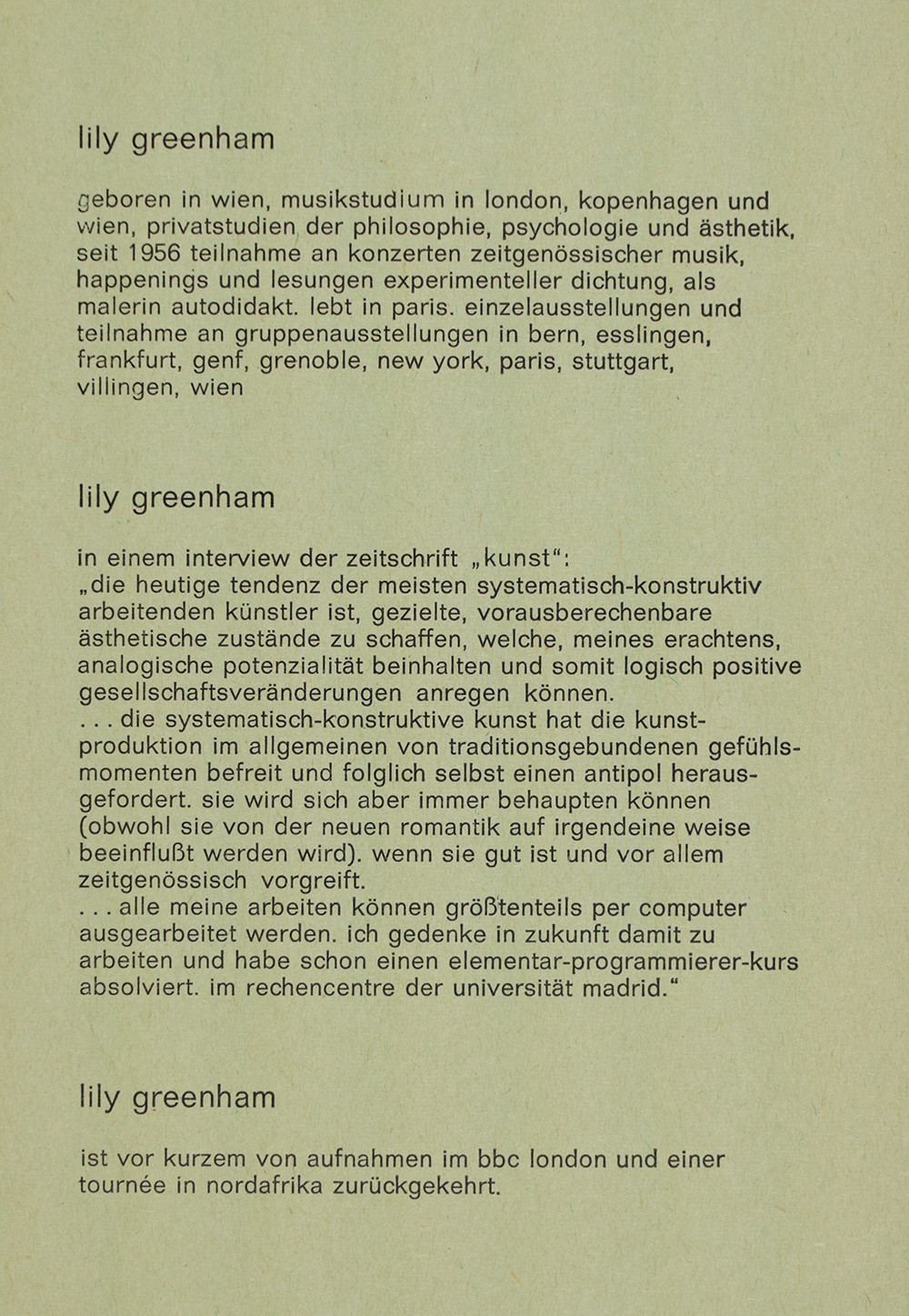
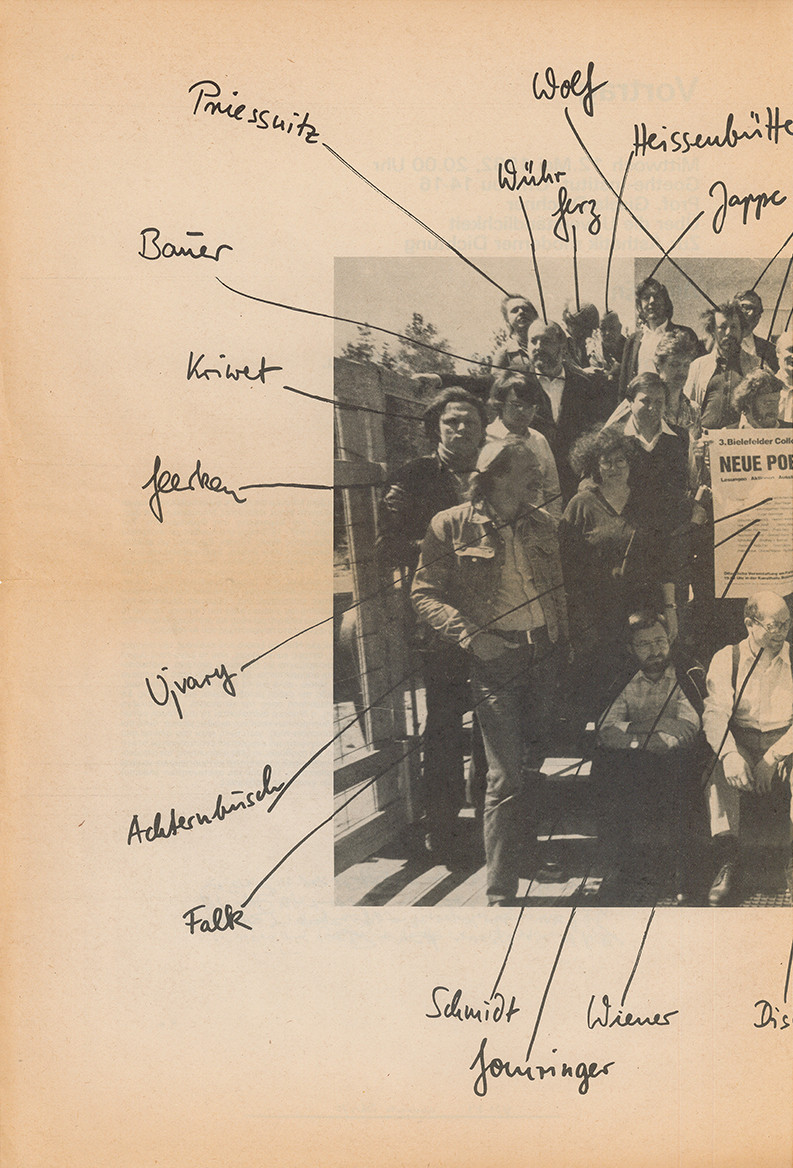
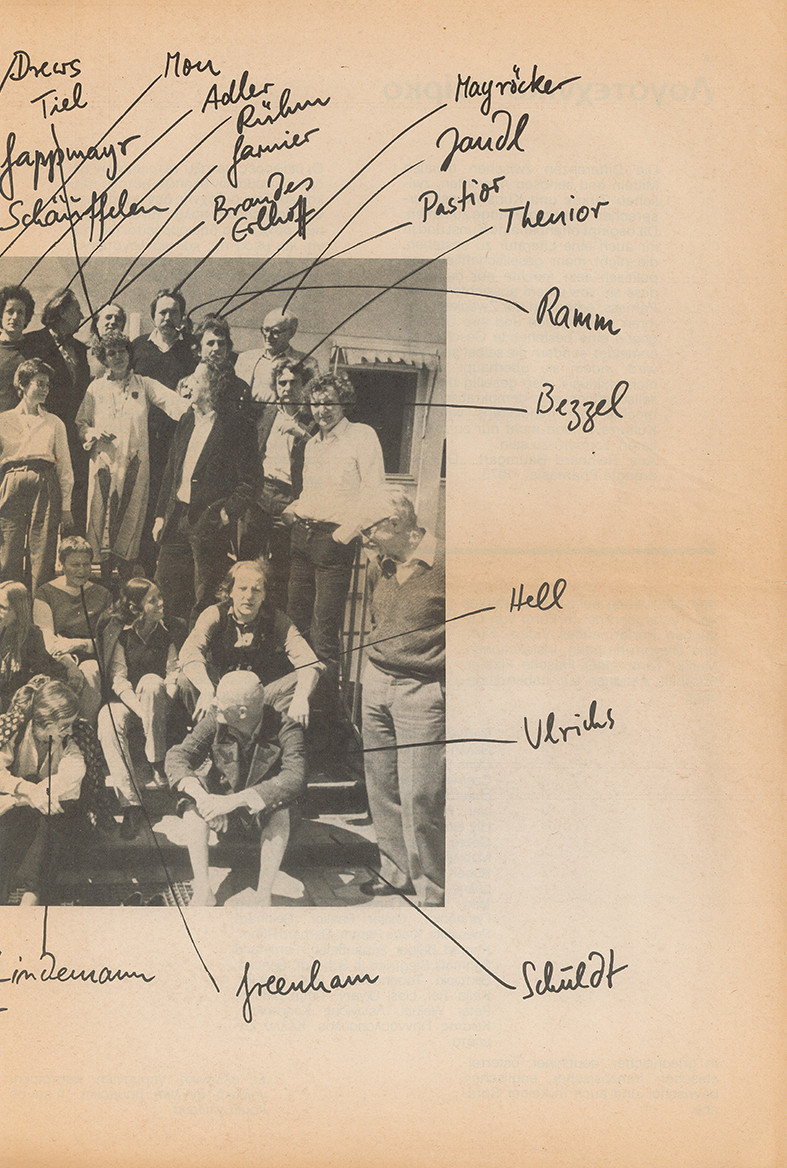
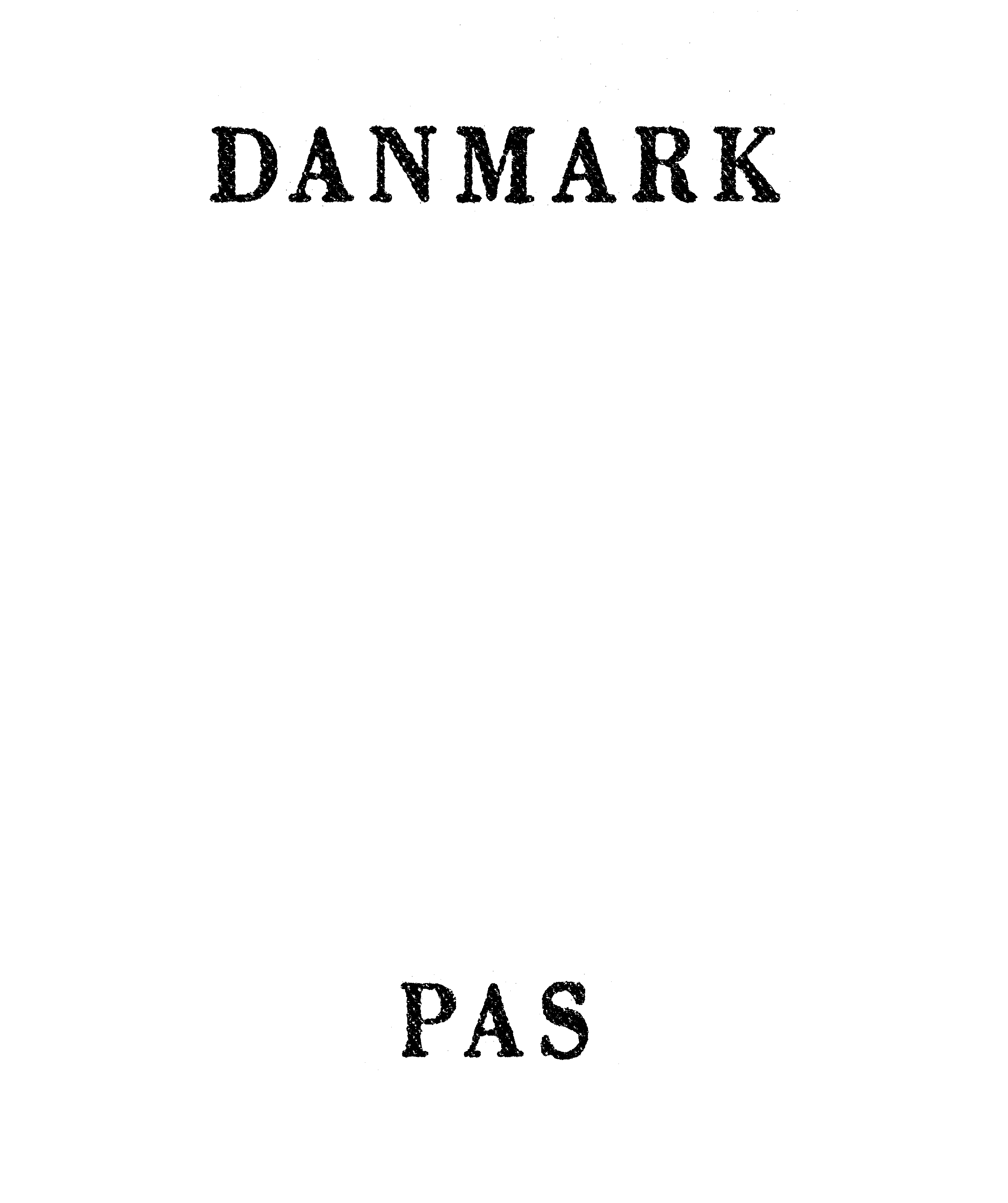

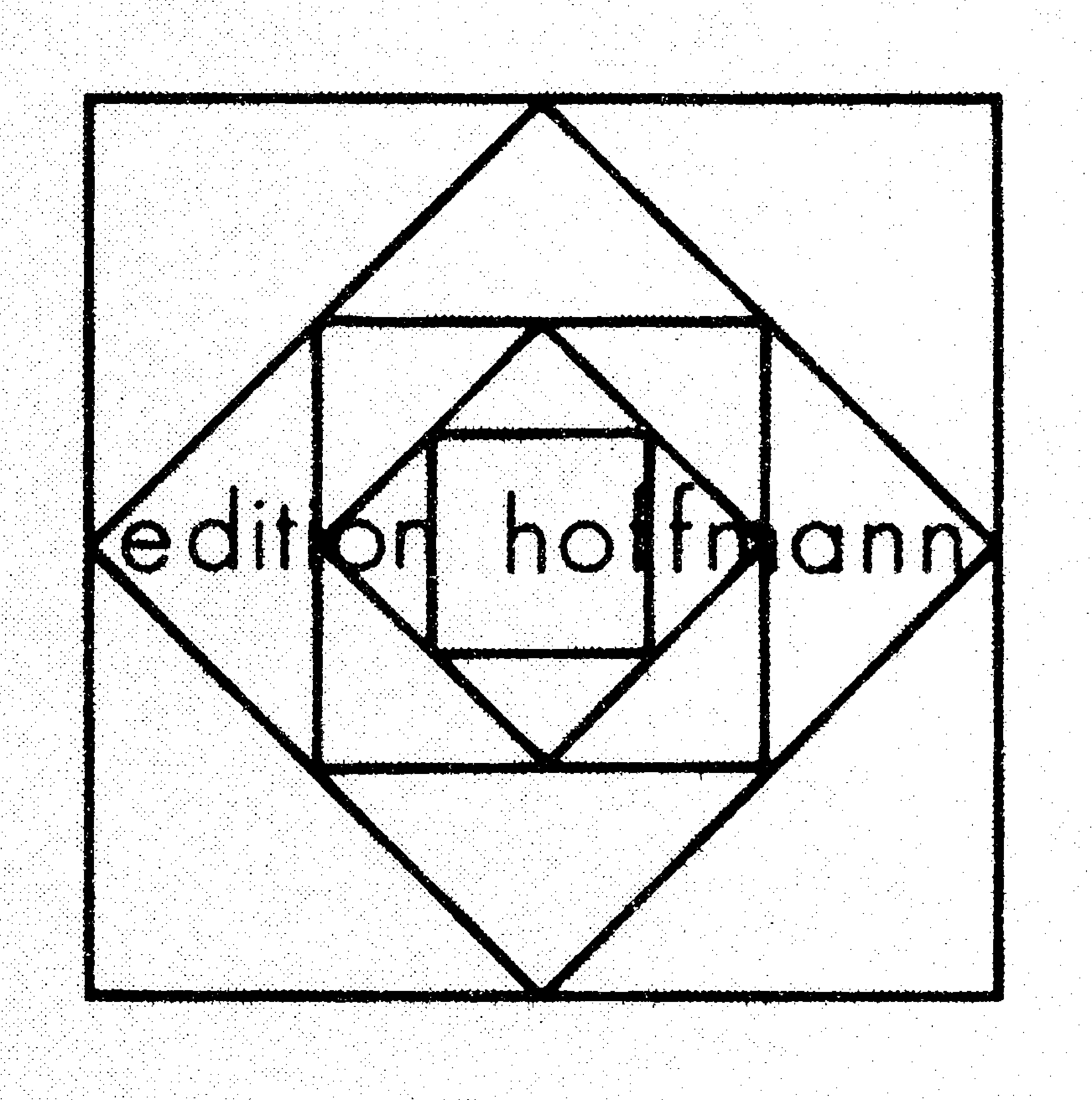
biography










Lily Greenham (1924, Vienna, Austria– 2001, London, UK) was born in Vienna, Austria on 4 January 1924, the only child of Rena Pfiffer-Lax and Dr. Gabriel Lax, both of Polish-Jewish descent. Her mother was a well-known soprano opera singer from modern-day Poland who was shot and killed in 1943 whilst fleeing from the Nazis. Greenham's father was imprisoned in the Dachau and Buchenwald concentration camps in 1938, though he was released and was exiled to the Jewish ghetto in Shanghai, where he died in 1944. Greenham's parents divorced before the war in 1929, and her mother married the Danish singer Egon Madsen in Copenhagen in 1933. In 1938, following the annexation of Austria, Madsen enabled Greenham to escape to Copenhagen, meeting her in Berlin after she had travelled alone from Vienna, then aged 14. Following the occupation of Denmark during the war, Greenham escaped Nazi occupation a second time, fleeing by boat to Sweden like the majority of Danish Jews during the Judenaktion of October 1943.
After the war Greenham (appearing as Lily Pfiffer-Madsen) and her step-father Egon toured and performed together in Sweden, Norway and Denmark, including a 1947 Danish radio broadcast where they performed pieces by Georges Bizet, Franz Lehár and Anton Rubinstein. In 1948 Greenham then moved alone to Paris to study painting, and subsequently married poet and musician Peter Greenham in London in 1951, before returning to Austria with him in 1952 to study at the Academy of Music and Performing Arts in Vienna. In Vienna in the 1950s, Greenham became involved with the Wiener Gruppe (Gerhard Rühm, H.C. Artmann, Konrad Bayer), many of whose works she performed during the 1960s and ’70s, and she maintained a lifelong friendship with Gerhard Rühm.
In 1964 Greenham moved back to Paris, divorcing her husband Peter in the process, and joined the Groupe de Recherche d‘Art Visuel (GRAV) of opto-kinetic artists. Greenham's op art works became widely recognised and were shown in several major exhibitions, including Mouvement 2, Galerie Denise René, Paris, 1964; The Responsive Eye, Museum of Modern Art (MoMA), New York, 1965; Light and Movement, Musée d’art moderne de la Ville de Paris (MAM), 1967; Formas Computables, Centro de cálculo de la Universidad de Madrid, (Computer Centre of the University of Madrid), 1969; and the 35th Venice Biennale in 1970. By the late 1960s Greenham had become well known for radio broadcasts and performances of sound and concrete poetry by many international writers, poets and artists, including Freidrich Achtleitner, Elena Asins, Alain Arias-Misson, Ronaldo Azeredo, Bob Cobbing, Peter Greenham, Helmut Heißenbüttel and Ernst Jandl. Greenham spoke several languages aside from her native German and adopted Danish, as evidenced in her BBC Radio 3 Sound Poetry Concert in 1970 where she delivered sound poems in their original Spanish, French, and English.
Greenham moved to London in 1972 and began to focus on her own compositions and sound work. In 1973 she coined the term ‘lingual music’ to describe her experiments with layering and processing reel-to-reel tape recordings of her own voice. In 1974 she worked at the BBC Radiophonic Workshop to realise Relativity, which was broadcast on the BBC the following year, winning a prize for electro-acoustic music at the prestigious 5th Bourges International Festival of Experimental Music in 1975. That same year she worked with Hugh Davies at Goldsmiths, University of London, to create her piece Traffic. Greenham performed live throughout the 1970s, including free improvisation performances with Danish saxophonist John Tchicai, the Bob Downes Open Music Trio, Hugh Davies and Peter Cusack. Across the 1970s and 80s, Greenham collaborated with a number of renowned artist filmmakers, including Carola Klein (Mirror Phase, 1978), Lis Rhodes & Joanna Davis (Hang on a Minute, 1984) and Irm & Ed Sommer (Gesichter, 1970 and Body Poem, 1971). In the 1980s Greenham obtained a Sinclair ZX 81 microcomputer, and began a series of computer artwork editions, which were made using early graphics programs, collage and xerox. Into the 1990s Greenham continued to explore different possibilities for her work, authoring a number of texts which included the publication of Un Arte de Vivir (An Art of Living), in Spanish translation in issue 5 of the literary magazine Inventario (1995), edited by Ignacio Gómez de Liaño, V. Ferrán Martinell and Alfonso Lucini between Madrid and Barcelona.
Lily Greenham died on 31 October 2001 in London, aged 77. The Lily Greenham Archive is looked after at Special Collections, Goldsmiths, University of London.